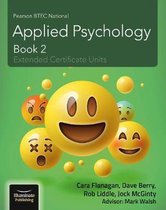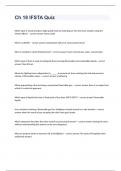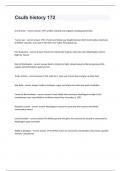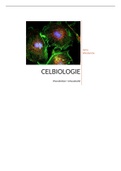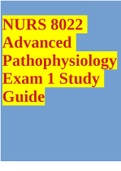Autre
BTEC Applied Psychology Unit 3 - Learning aim B2 and B3
- Cours
- Établissement
- Book
I made these flash cards on Quizlet around 6 months ago in 2021. I ended up getting a Distinction in my Unit 3 exam as a result of utilising these notes (my score was 58/70). I 100% believe that this resource will guarantee you a grade like mine as well (or better). Learning aims B2 and B3 are cove...
[Montrer plus]

